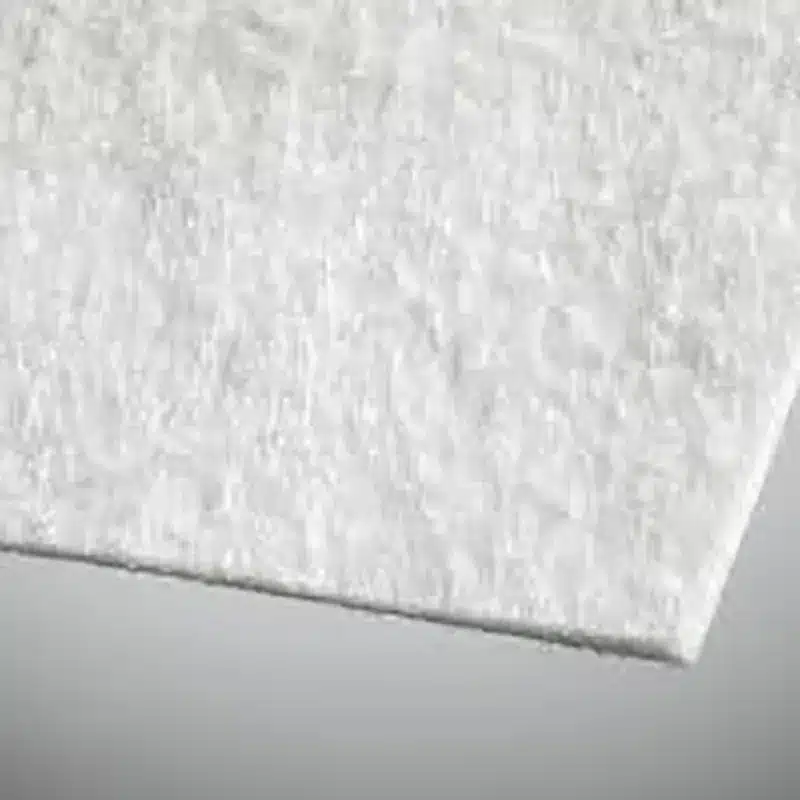+86-159 9860 6917
info@geofantex.com
geofantex@gmail.com
+86-400-8266163-44899
Geotextiles are versatile materials used in civil engineering, road construction, and landscaping to enhance the performance and longevity of infrastructure projects. They come in various types, each serving specific functions. Understanding the different types of geotextile materials and their applications is essential for selecting the right one for your project. This article explores the main uses, classifications, functions, and key differences between woven and nonwoven geotextiles.
What are the Three Main Uses of a Geotextile?
Geotextiles are used primarily in the following areas:
- Separation: Geotextiles act as a barrier that separates different soil layers, such as soil and gravel or sand and asphalt, to prevent mixing. This separation not only helps maintain the integrity of each layer but also plays a key role in draining water effectively, which enhances the overall stability of the structure.
- Reinforcement: Geotextiles are used to reinforce soil and other materials in areas subject to stress, such as slopes or embankments. By providing additional support, they help prevent erosion, improve load distribution, and strengthen the soil against shifting or settling.
- Filtration: Geotextiles serve as filters in drainage systems, facilitating the draining of water while preventing the migration of soil particles. This filtration function ensures proper drainage, preventing the clogging of systems, and supporting the long-term stability of civil and landscaping projects.

What are the Classifications of Geotextiles?
Geotextiles can be classified into several categories based on their manufacturing process and material properties, including woven, nonwoven, and knitted types:
- Woven Geotextiles: Made by interlacing threads or fibers, these geotextiles are strong and durable, making them ideal for applications requiring high tensile strength. They are often used in applications like road construction and soil reinforcement.
- Nonwoven Geotextiles: Produced by bonding fibers together using heat, chemicals, or mechanical means, nonwoven geotextiles offer excellent filtration and drainage properties. They are commonly used in drainage systems, erosion control, and agricultural projects.
- Knitted Geotextiles: These are less common and are made by knitting the fibers together. They are highly flexible and suitable for specific engineering applications where a combination of strength and flexibility is required.
- Composite Geotextiles: These are made by combining woven and nonwoven materials to optimize the performance of both types. They provide enhanced filtration, drainage, and mechanical properties and are used in complex engineering projects like landfills and large drainage systems.
What are the Four Functions of Geotextiles?
Geotextiles serve several key functions in construction and civil engineering, offering a range of benefits such as filtration, drainage, reinforcement, cushioning, waterproofing, and separation:
- Separation: Geotextiles prevent the mixing of different layers of material, ensuring that they maintain their individual properties. This separation is crucial in applications like road construction and foundation work, where distinct layers are necessary for structural integrity.
- Filtration: Geotextiles allow water to flow through while retaining fine particles, providing effective filtration. This prevents clogging and ensures efficient drainage in systems such as those used in landscaping, drainage, and foundation work.
- Reinforcement: Geotextiles help reinforce soil by providing additional strength, which helps distribute loads evenly. This reinforcement reduces the risk of settling or shifting, particularly in applications like embankments, retaining walls, and roadbeds.
- Protection: Geotextiles offer cushioning and waterproofing properties, acting as a protective layer that shields underlying materials from damage caused by external factors such as UV rays, abrasion, and chemical degradation. This protection is vital in applications like landfills, erosion control, and construction projects requiring durable barriers.
When to Use Woven or Nonwoven Geotextile?
The choice between woven and nonwoven geotextiles depends on the specific requirements of the project:
- Woven Geotextiles are best used when high strength and load-bearing capacity are required. They are ideal for applications like road construction, soil reinforcement, and erosion control where tensile strength is critical.
- Nonwoven Geotextiles are preferred for applications requiring high permeability, such as filtration and drainage. They are often used in drainage systems, under-road construction, and agricultural projects due to their superior water flow and filtration capabilities.
Geotextiles are essential materials used in a variety of construction and civil engineering applications. They are classified into woven, nonwoven, knitted, and composite types, each serving distinct functions such as separation, filtration, reinforcement, and protection. Understanding the classification, uses, and functions of geotextiles is key to selecting the right material for your project. Whether you’re working on road construction, erosion control, or drainage systems, choosing between woven and nonwoven geotextiles can make a significant difference in the performance and longevity of your infrastructure.



Get Free Sample
We’ll respond as soon as possible(within 12 hours)





















